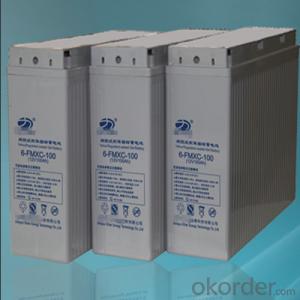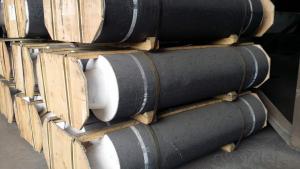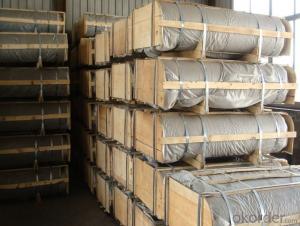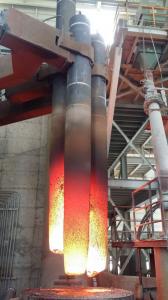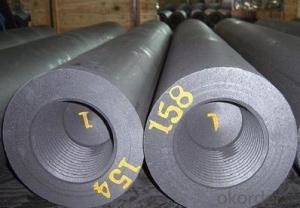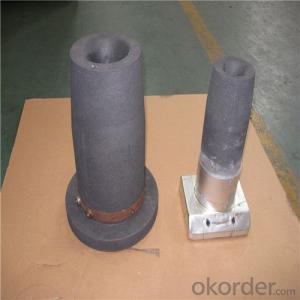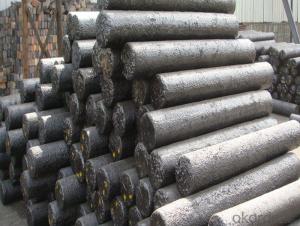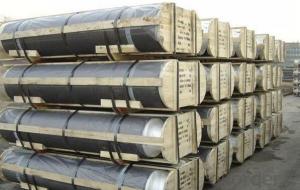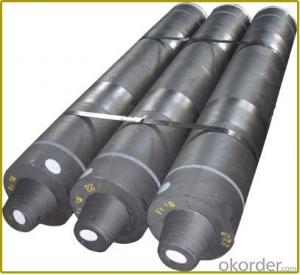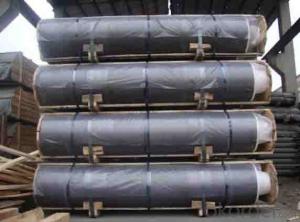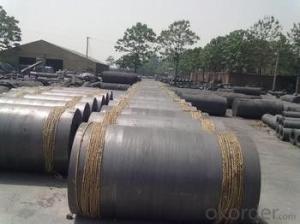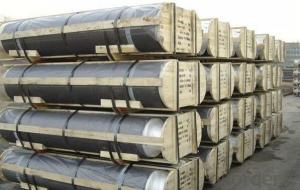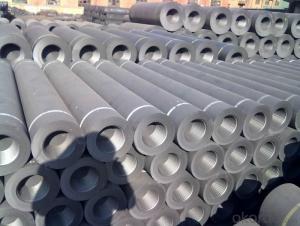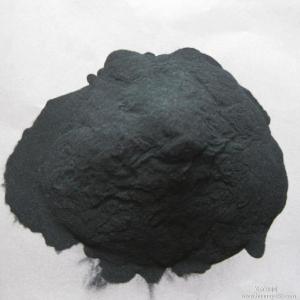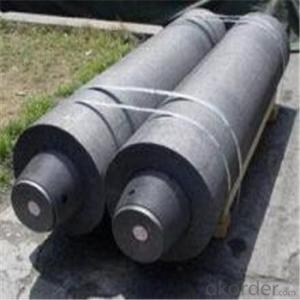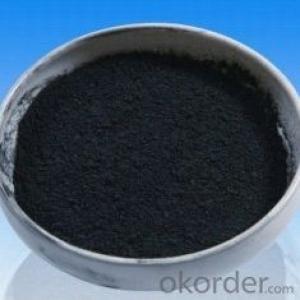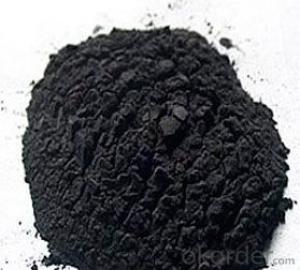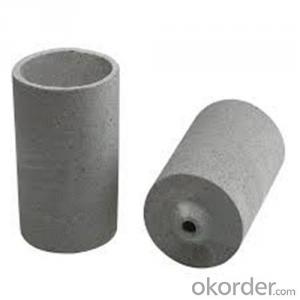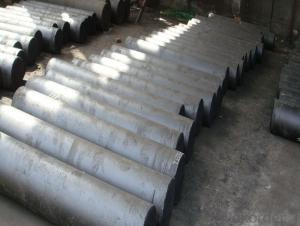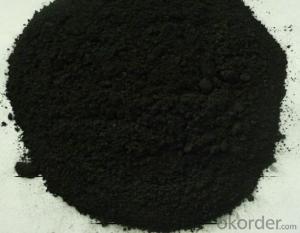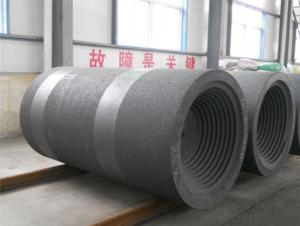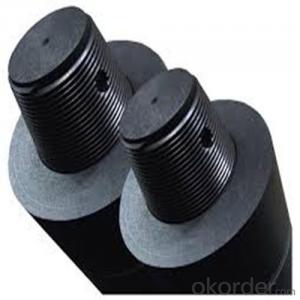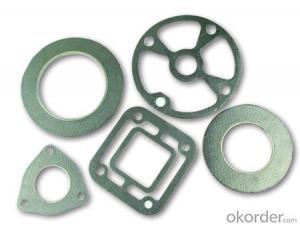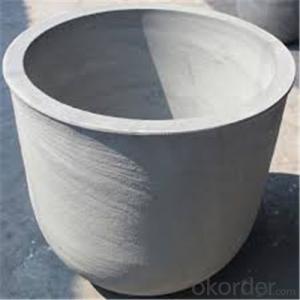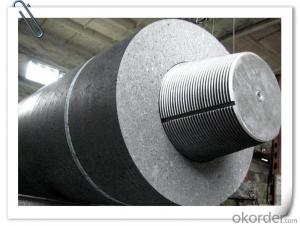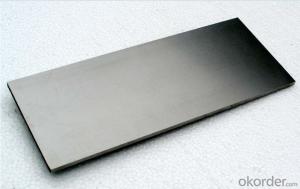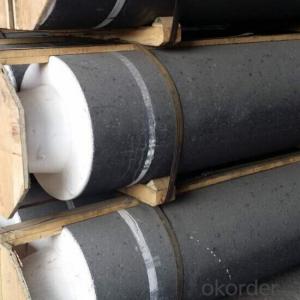Graphite Colloidal
Graphite Colloidal Related Searches
Compacted Graphite Iron Graphite Corrosion Resistance Graphite ColloidalHot Searches
Lighting Supplier Singapore Aircon Parts Supplier Fisher Price Bouncer Tensar Triax Tx160 Price Tensar Tx160 Price Kichan Farnichar PriceGraphite Colloidal Supplier & Manufacturer from China
Okorder.com is a professional Graphite Colloidal supplier & manufacturer, offers integrated one-stop services including real-time quoting and online cargo tracking. We are funded by CNBM Group, a Fortune 500 enterprise and the largest Graphite Colloidal firm in China.Hot Products
FAQ
- Yes, solar cells can be used in urban areas. In fact, they are increasingly being utilized in cities to harness solar energy and reduce dependence on traditional power sources. Solar cells can be installed on rooftops, facades, and other available spaces, enabling urban areas to generate clean, renewable energy locally.
- Solar cells are manufactured through a multi-step process that involves the production of silicon wafers, the creation of a p-n junction, and the assembly of various layers to form the final solar cell. This involves slicing the silicon into thin wafers, doping them to create the desired electrical properties, applying metal contacts, and then encapsulating them to protect against environmental factors.
- Solar cells still generate electricity in cloudy weather, but their performance is reduced. Cloud cover reduces the amount of sunlight reaching the cells, resulting in decreased power output.
- What's the relationship between solar energy materials and solar cells?
- The solar cells can be divided into different categories based on the different kinds of solar materials which are used to produce the solar cells.
- Yes, solar cells can be used to power farms or agricultural operations. Solar panels can be installed on rooftops, fields, or other suitable areas to convert sunlight into electricity. This renewable energy source can provide a consistent and sustainable power supply for various farming activities, such as irrigation systems, machinery, and storage facilities. Additionally, solar power helps reduce reliance on fossil fuels, lowers operational costs, and contributes to a greener and more environmentally friendly agricultural sector.
- Yes, solar cells are safe for the environment. They generate electricity by converting sunlight into clean energy, emitting no greenhouse gases or air pollutants during operation. Additionally, the production and installation of solar cells have minimal environmental impact compared to conventional energy sources.
- Leaf litter can have a negative impact on solar cell performance as it can block sunlight, reducing the amount of light reaching the cells and thus decreasing their efficiency. Additionally, leaf litter can also cause shading, leading to hotspots on the solar panels, which can further degrade their performance over time. Regular cleaning and maintenance of solar panels are necessary to mitigate the effects of leaf litter and optimize solar cell performance.
- Solar cells perform differently in different climates due to variations in sunlight intensity, temperature, and weather conditions. In regions with abundant sunlight and cooler temperatures, solar cells tend to perform optimally, generating higher electricity outputs. However, extreme climates such as very hot or very cold environments can affect the efficiency and lifespan of solar cells. Additionally, cloudy or rainy climates may reduce the overall energy production of solar cells. Despite these variations, solar power remains a viable and increasingly popular renewable energy option in a wide range of climates.
